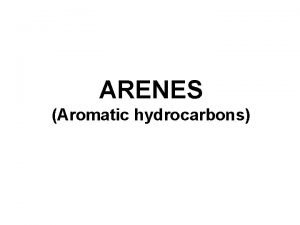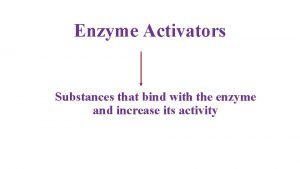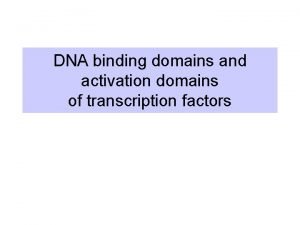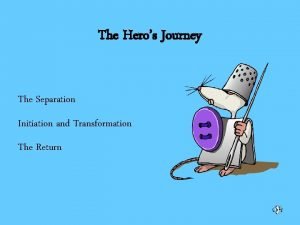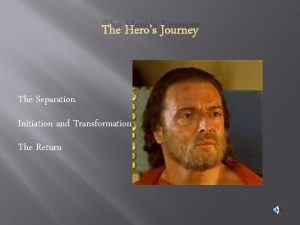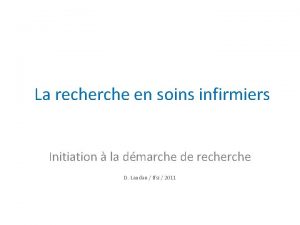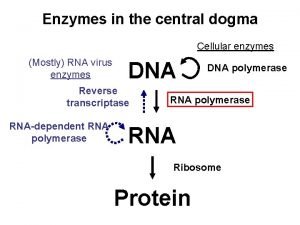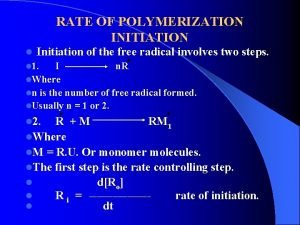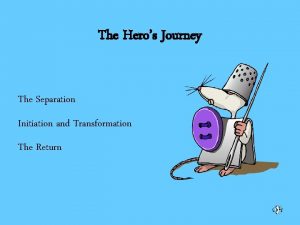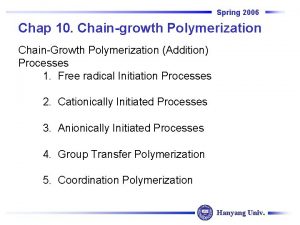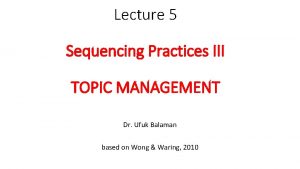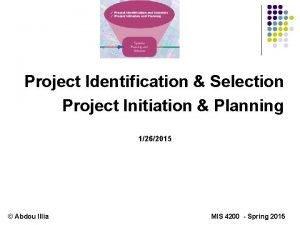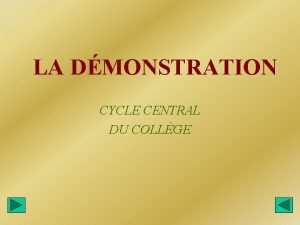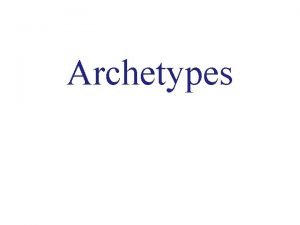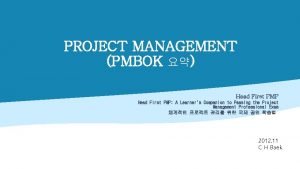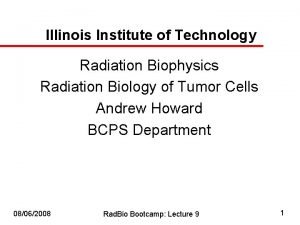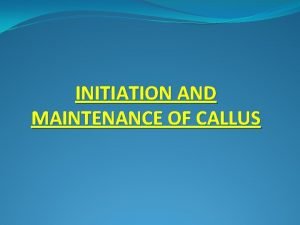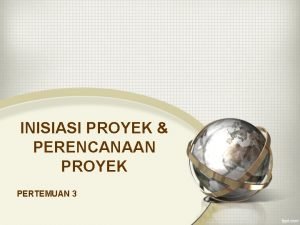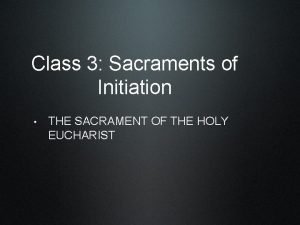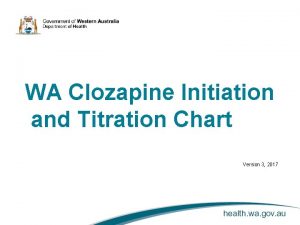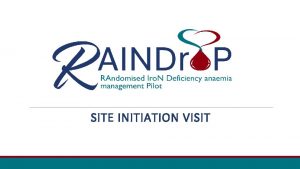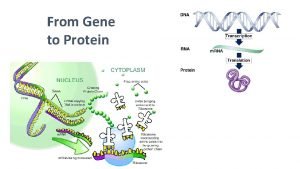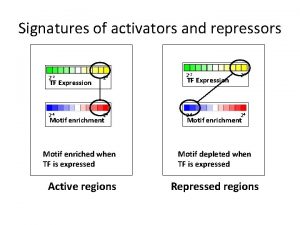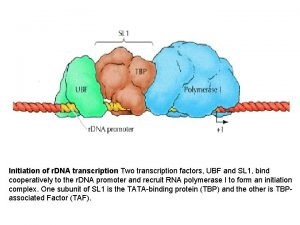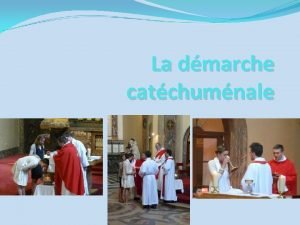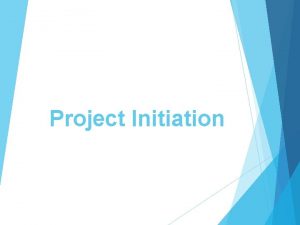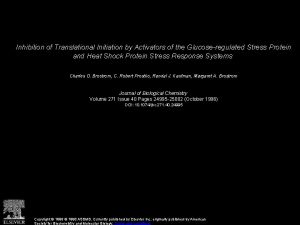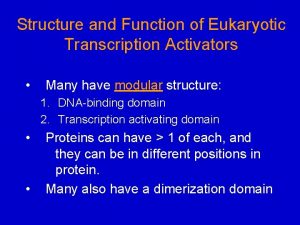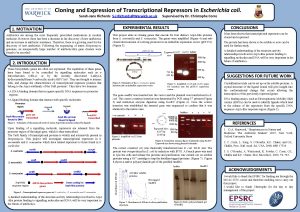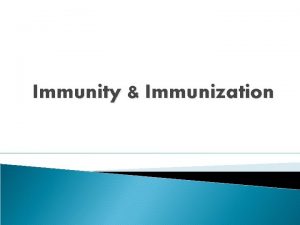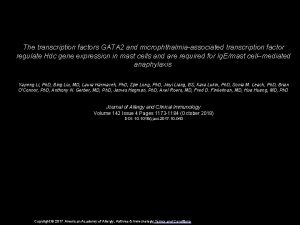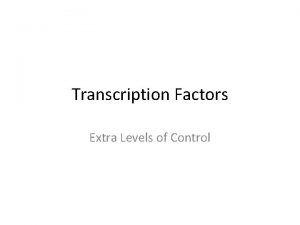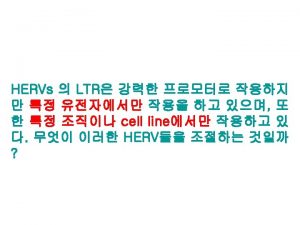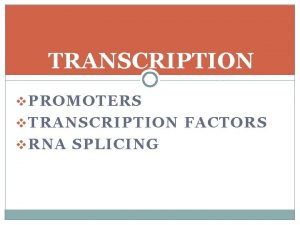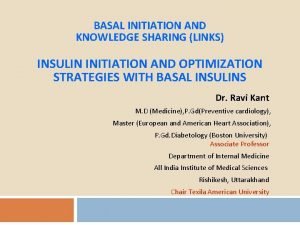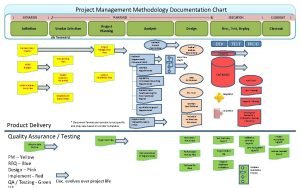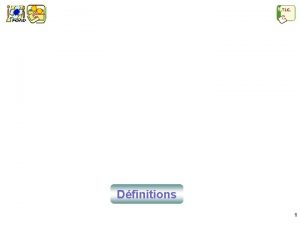Transcription Initiation Specific transcription factors activators or repressors






























- Slides: 30

Transcription Initiation: Specific transcription factors (activators or repressors) bind to control elements (enhancer region) Activators: increase transcription Repressors: decrease transcription

Transcription Initiation Complex Activators bind to enhancer regions + other proteins + RNA polymerase

Cell type-specific transcription

Regulation of m. RNA: • micro RNAs (mi. RNAs) and small interfering RNAs (si. RNAs) can bind to m. RNA and degrade it or block translation


Summary of Eukaryotic Gene Expression




Video: The Epigenetics of Identical Twins Genetic Science Learning Center

Embryonic Development of Multicellular Organisms Section 18. 4

Embryonic Development: Zygote Organism 1. 2. 3. Cell Division: large # identical cells through mitosis Cell Differentiation: cells become specialized in structure & function Morphogenesis: “creation of form” – gives organism’s shape

Determination: irreversible series of events that lead to cell differentiation

Cytoplasmic determinants: maternal substances in egg distributed unevenly in early cells of embryo

Cell-Cell Signals: molecules produced by one cell influences neighboring cells ◦ Eg. Growth factors Induction: cells triggered to differentiate

Pattern formation: setting up the body plan (head, tail, L/R, back, front)

Morphogens: substances that establish an embryo’s axes

Homeotic genes: master control genes that control pattern formation (eg. Hox genes)

Evolving Switches, Evolving Bodies HHMI Short Film

Pitx 1 Gene = Homeotic/Hox Gene Stickleback Fish Development of pelvic bone Humans Development of anterior structures, brain, structure of hindlimb Mutation may cause clubfoot, polydactyly (extra fingers/toes), upper limb deformities

Role of Apoptosis Most of the embryonic cells are produced in excess Cells will undergo apoptosis (programmed cell death) to sculpture organs and tissues

Cancer results from genetic changes that affect cell cycle control Section 18. 5

Control of Cell Cycle: 1. 2. Proto-oncogene = stimulates cell division Tumor-suppressor gene = inhibits cell division Mutations in these genes can lead to cancer

Proto-Oncogene Gene that stimulates normal cell growth & division Oncogene Mutation in protooncogene Cancer-causing gene Effects: Increase product of proto-oncogene Increase activity of each protein molecule produced by gene

Proto-oncogene Oncogene

Genes involved in cancer: Ras gene: stimulates cell cycle (proto-oncogene) ◦ Mutations of ras occurs in 30% of cancers p 53 gene: tumor-suppressor gene ◦ Normal anti-cancer functions: Activate p 21 gene, whose product halts cell cycle for DNA repair Activate mi. RNAs to inhibit cell cycle turn on DNA repair genes activate apoptosis (cell suicide) if DNA repair not possible ◦ Mutations of p 53 in 50+% of cancers

Cancer results when mutations accumulate (5 -7 changes in DNA) Active oncogenes + loss of tumor-suppressor genes The longer we live, the more likely that cancer might develop



Summary Embryonic development occurs when gene Cancer occurs when gene regulation goes awry regulation proceeds correctly
 Rna polymerase
Rna polymerase Activators and deactivators chart
Activators and deactivators chart Activators for enzymes
Activators for enzymes Activation domain of transcription factors
Activation domain of transcription factors Specific gravity units g/ml
Specific gravity units g/ml Specific volume to specific gravity
Specific volume to specific gravity Home visit meaning
Home visit meaning Hero's journey revelation
Hero's journey revelation Supreme ordeal in the odyssey
Supreme ordeal in the odyssey Sensibilisation et initiation à la cybersécurité
Sensibilisation et initiation à la cybersécurité Initiation à la recherche en soins infirmiers
Initiation à la recherche en soins infirmiers Dna central dogma
Dna central dogma L'initiation
L'initiation Dauntless initiation
Dauntless initiation Separation initiation return
Separation initiation return Kinetic chain reaction
Kinetic chain reaction Disjunctive topic shift
Disjunctive topic shift Intensifying relationship stage
Intensifying relationship stage Site initiation visit in clinical trials ppt
Site initiation visit in clinical trials ppt Project selection process
Project selection process Initiation à la démonstration 5ème
Initiation à la démonstration 5ème Creature of nightmare archetype
Creature of nightmare archetype Energy amplifier initiation
Energy amplifier initiation Raci 차트
Raci 차트 Initiation promotion progression
Initiation promotion progression Initiation and maintenance of callus culture
Initiation and maintenance of callus culture Contoh inisiasi proyek sistem informasi
Contoh inisiasi proyek sistem informasi Ccc 1326
Ccc 1326 Clozapine titration chart
Clozapine titration chart Sop sign off sheet
Sop sign off sheet Initiation complex
Initiation complex

